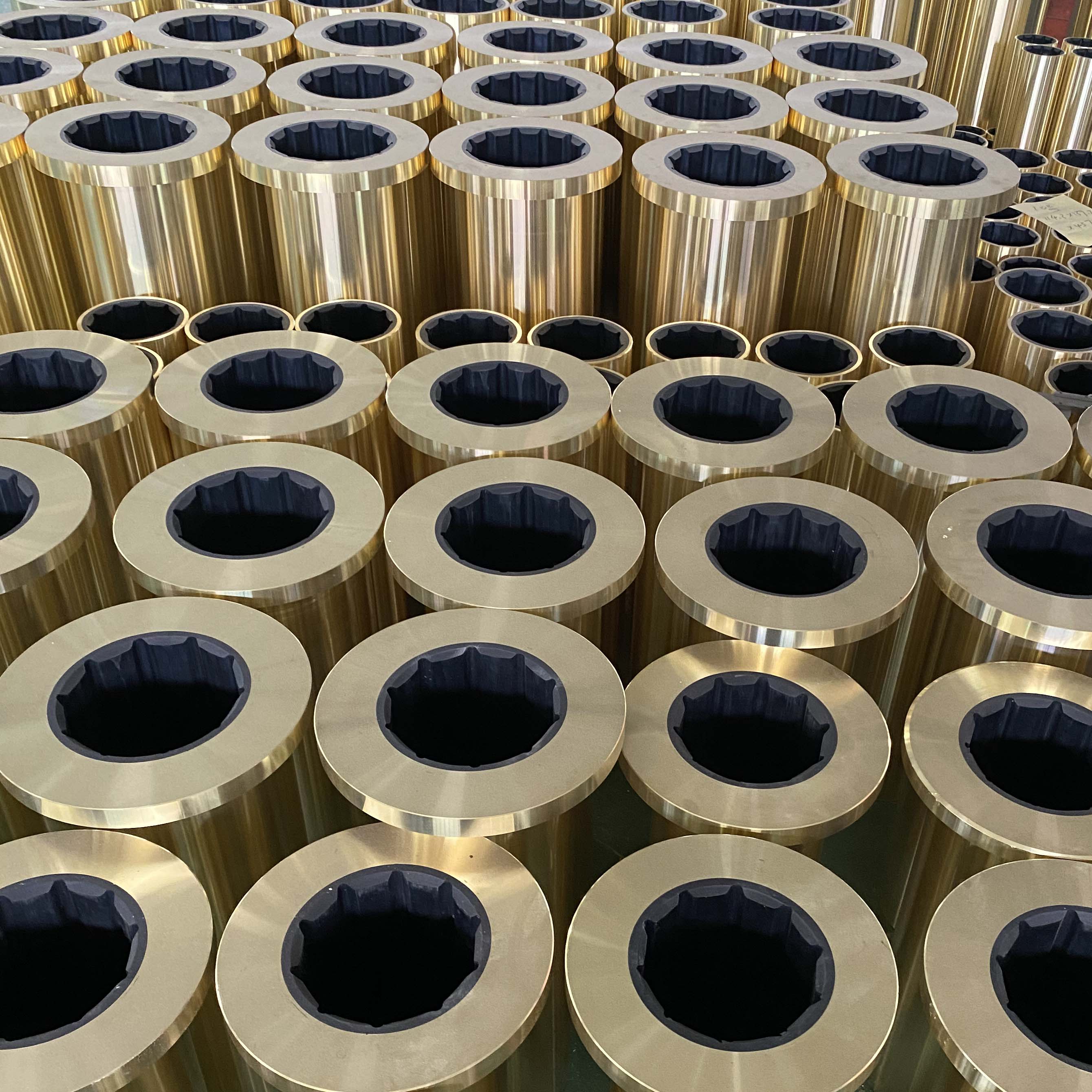transmission rubber seal
The Importance of Transmission Rubber Seals in Vehicle Performance
In the complex world of automotive engineering, every component plays a crucial role in ensuring the smooth operation of a vehicle. Among these components, transmission rubber seals are often overlooked but are vital for maintaining the efficiency and longevity of a vehicle’s transmission system. This article seeks to illuminate the significance of transmission rubber seals and their impact on vehicle performance.
What are Transmission Rubber Seals?
Transmission rubber seals are specifically designed gaskets made from durable rubber compounds. Their primary function is to prevent fluid leaks and protect the internal components of the transmission system from contaminants such as dirt, dust, and moisture. Positioned strategically throughout the transmission, these seals create a barrier that maintains the integrity of the transmission fluid while facilitating the smooth movement of mechanical parts.
The Role of Transmission Rubber Seals
The most critical function of transmission rubber seals is to retain transmission fluid. This fluid is essential for lubricating gears, cooling the transmission, and ensuring smooth shifting between gears. If the seals become worn or damaged, fluid leaks can occur, leading to inadequate lubrication. This can result in overheating, increased friction, and ultimately, severe damage to the transmission.
Additionally, transmission rubber seals prevent the ingress of harmful contaminants. Over time, dirt and moisture can degrade the internal components of the transmission, leading to poor performance and costly repairs. Rubber seals act as a first line of defense, protecting sensitive gears and electronic components from corrosion and wear.
transmission rubber seal

Signs of Worn Transmission Seals
Recognizing the signs of worn or damaged rubber seals can save vehicle owners from extensive repair costs and inconvenience. Common symptoms include
1. Fluid Leaks Puddles of transmission fluid beneath the vehicle are the most apparent indicator of seal failure. 2. Slipping Gears If the transmission struggles to stay in gear or slips, it may be a sign of low fluid levels due to leakage. 3. Overheating A transmission that runs hotter than normal can indicate insufficient fluid levels, often caused by seal deterioration. 4. Unusual Noises Grinding or whining noises during gear shifts can arise from inadequate lubrication due to leaking seals.
Maintenance and Replacement
To ensure optimal performance, regular maintenance checks should include inspections of transmission rubber seals. Vehicle owners can often spot minor leaks early on, allowing for timely replacement before significant damage occurs. It is advisable to consult a professional mechanic for proper diagnosis and seal replacement, as using the wrong type of seal can lead to further complications.
Conclusion
Transmission rubber seals may be small components, but their impact on a vehicle’s performance is substantial. By preventing fluid leaks and shielding the transmission from contaminants, these seals play an essential role in the longevity and efficiency of the vehicle. Regular inspection and timely replacement are key to keeping the transmission system in top shape, ultimately ensuring a smoother and more reliable driving experience. Understanding the importance of these seals can empower vehicle owners to take proactive measures in maintaining their vehicles.
-
The Ultimate Guide to Car Repair Kits: Tools and Essentials Every Driver Should Own
News Aug.01,2025
-
The Complete Guide to Oil Pan Gaskets: Sealing Engine Leaks the Right Way
News Aug.01,2025
-
Preventing Oil Leaks: A Complete Guide to Oil Pan Gaskets and Drain Seals
News Aug.01,2025
-
Everything You Need to Know About Oil Pan Gaskets and Drain Plug Seals
News Aug.01,2025
-
Essential for Car Owners: How to Use a Car Repair Kit to Deal with Minor Breakdown
News Aug.01,2025
-
Comprehensive Guide to Engine Oil Sump Gaskets and Related Seals
News Aug.01,2025
-
The Ultimate Guide to Boat Propeller Bearings and Trailer Wheel Bearings
News Jul.31,2025
Products categories















